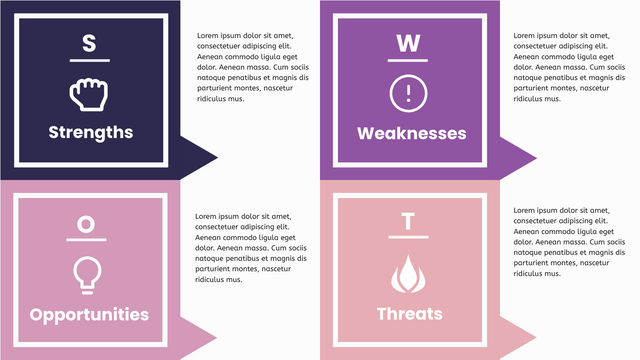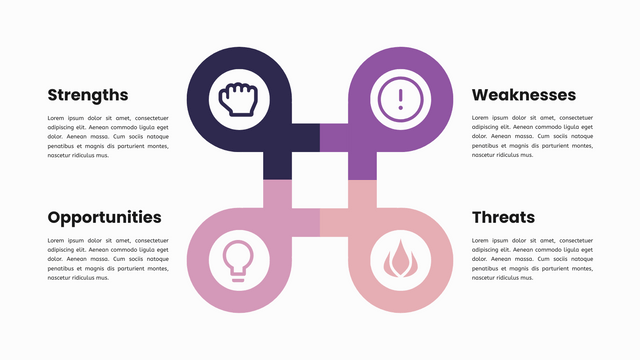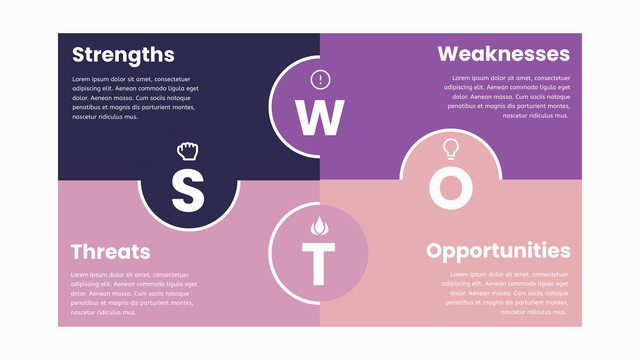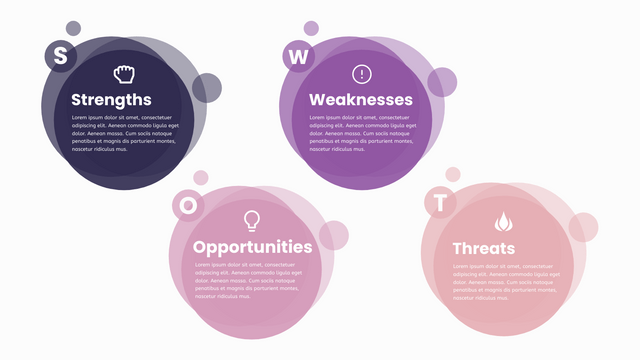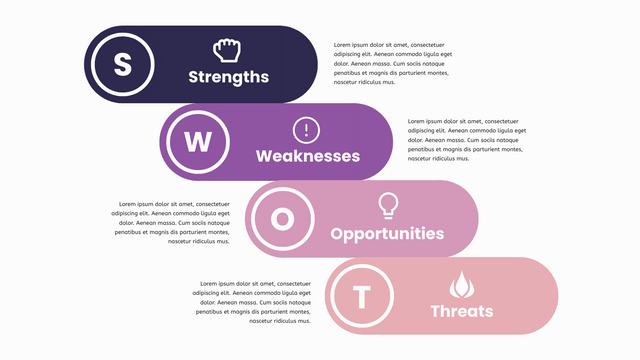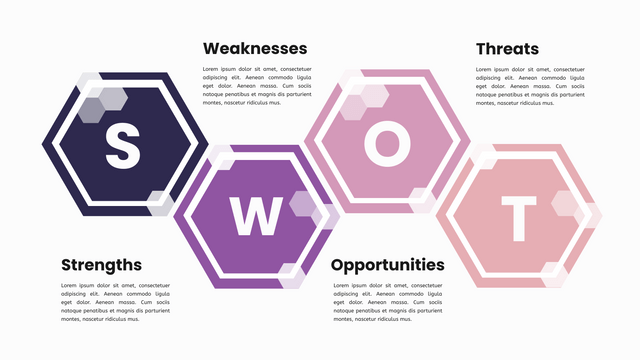Apa itu Analisis SWOT?
Analisis SWOT (juga dikenal sebagai analisis kekuatan, kelemahan, peluang, dan ancaman) adalah cara termudah untuk memulai analisis strategis. Dari proses memahami diri sendiri dan pesaing Anda, Anda dapat menemukan kunci kesuksesan!
Pemahaman sederhana tentang SWOT: Kekuatan, Kelemahan, Peluang, dan Ancaman.
- Kekuatan dan Kelemahan berfokus pada “internal”faktor dari bisnis atau produk yang sedang dianalisis
- Peluang dan Ancaman adalah “eksternal”lingkungan dari bisnis atau produk yang sedang dianalisis
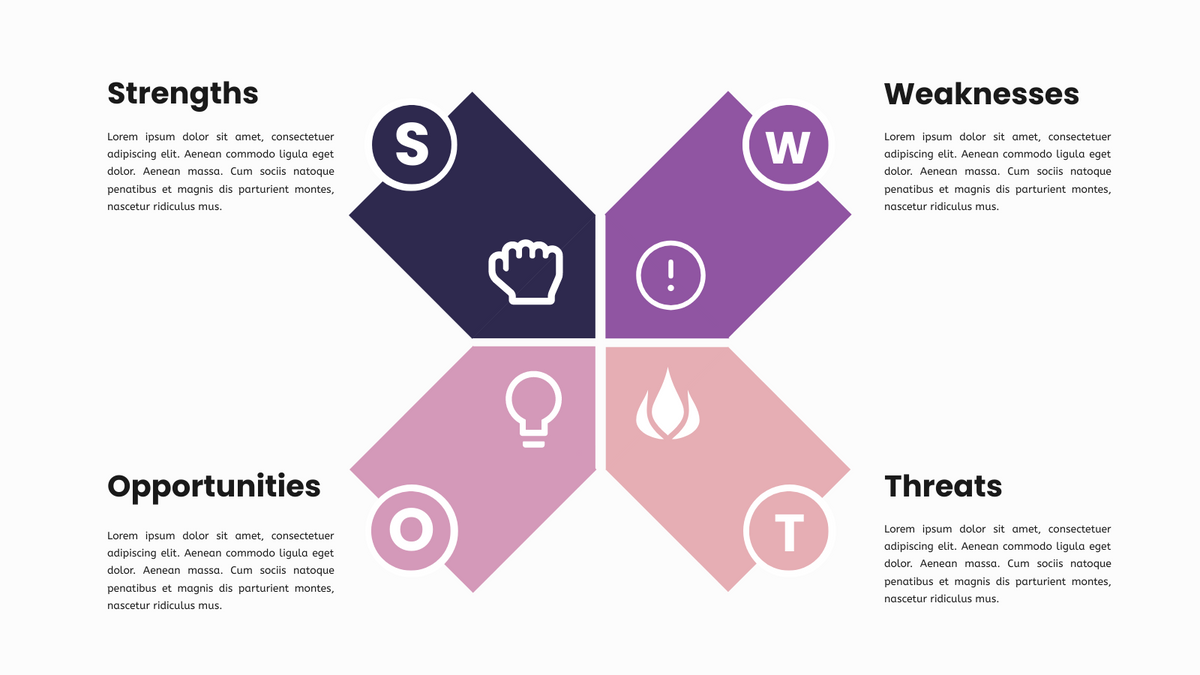
- Kekuatan. Kemampuan perusahaan untuk mengungguli pesaingnya, atau kekuatan unik perusahaan yang meningkatkan daya saingnya.
- Kelemahan. Sebuah area di mana perusahaan berkinerja buruk atau gagal beroperasi dibandingkan dengan pesaingnya, sehingga menempatkan dirinya pada posisi yang kurang menguntungkan dibandingkan pesaingnya.
- Peluang. Sebuah produk memiliki keunggulan mutlak di area tertentu. Di area ini, produk memiliki peluang kompetitif yang kuat.
- Ancaman. Faktor yang tidak menguntungkan dalam pengembangan produk di lingkungan tertentu. Jika Anda tidak mengambil tindakan strategis yang tegas, tren yang tidak menguntungkan ini akan mengarah pada pelemahan posisi kompetitif perusahaan.
Memahami SWOT
Menganalisis empat kuadran ini memberikan tujuan analisis untuk pengembangan strategi perusahaan di masa depan, menemukan area di mana bermanfaat untuk memperkuat dan mengkompensasi kelemahan, atau kombinasi aplikasi seperti menggunakan kekuatan internal untuk melawan ancaman eksternal dan peluang eksternal untuk menghilangkan kelemahan internal.
Kekuatanadalah hal-hal yang unik untuk perusahaan Anda dan merupakan kekuatan yang dapat Anda kendalikan!
Temukan cara terbaik untuk berpikir
- Apa kekuatan Anda dibandingkan dengan rekan-rekan Anda?
- Perusahaan mana yang menawarkan layanan, produk, dan proses yang sukses?
- Kekuatan lunak apa yang dimiliki perusahaan? Seperti pengetahuan, keterampilan, hubungan, reputasi, dll.
- Kekuatan keras apa yang dimiliki perusahaan? Seperti kualitas pelanggan, teknologi unggul, peralatan yang sangat baik, modal besar, dll.
Kelemahan
Kelemahan adalah faktor-faktor yang melemahkan perusahaan Anda!Anda harus membuat ini Kelemahan menghilang.Jika Anda ingin tetap kompetitif, Anda harus membuat ituKelemahan menghilang, atau setidaknya mengurangi kerusakan yang dapat mereka lakukan kepada Anda!
Identifikasi kelemahan
- Apakah ada kesenjangan komunikasi atau hambatan antara tim?
- Apakah perusahaan berada di lokasi yang baik?
- Apakah ada perbaikan pada produk, layanan, dan proses perusahaan?
- Apakah ada keunggulan kompetitif dalam proyek yang terkait dengan perusahaan yang saat ini tidak Anda jalankan?
- Apa saja sumber daya perangkat lunak dan perangkat keras yang saat ini kurang dimiliki perusahaan? Misalnya, modal, sumber daya manusia, teknologi, peralatan, dll.
Peluang
Faktor eksternal yang membantu perusahaan Anda tumbuh karena kemajuan industri dan perubahan lingkungan!
Arah Pemikiran untuk Mengevaluasi Peluang
- Apakah industri Anda tumbuh? Apakah pelanggan Anda berbicara tinggi tentang perusahaan Anda?
- Apa saja kegiatan atau acara di masa depan yang dapat membantu perusahaan Anda tumbuh?
- Apakah industri perusahaan Anda dalam tren pertumbuhan? Apakah tren ini akan membantu pelanggan lebih memperhatikan perusahaan Anda di masa depan?
- Apakah ada regulasi pemerintah baru yang akan dikeluarkan atau dicabut yang akan membantu industri Anda dengan cara yang positif?
Ancaman
Ancaman adalah faktor eksternal yang berada di luar kendali Anda. Anda dapat mengambil tindakan pencegahan untuk menghadapi keadaan darurat dan mengurangi kerusakan dan cedera.
Bersiaplah untuk bahaya di masa damai
- Tren pasar apa yang terjadi yang akan berdampak negatif pada perusahaan Anda?
- Apakah perkembangan teknologi di masa depan akan mempengaruhi model bisnis menguntungkan Anda?
- Apakah perubahan kebiasaan konsumen atau pengguna akan mempengaruhi industri Anda?
- Apakah ada pesaing potensial yang kuat siap memasuki pasar Anda?
- Apakah kemitraan hulu dan hilir dari rantai produk Anda dan antara pemasok Anda dan Anda stabil?
Bagaimana cara melakukan analisis SWOT?
- Tentukan tujuan analisis SWOT Anda
- Lakukan penelitian yang diperlukan tentang bisnis, industri, dan pasar Anda
- Identifikasi kekuatan bisnis Anda
- Identifikasi kelemahan bisnis Anda
- Identifikasi peluang potensial untuk bisnis Anda
- Identifikasi ancaman potensial terhadap bisnis Anda
- Kembangkan strategi dan tindakan untuk mengatasi masalah dalam SWOT
- Prioritaskan tindakan yang akan diambil sebagai rencana implementasi
Contoh Analisis SWOT
Gambar di bawah ini menunjukkan contoh Analisis SWOT untuk kekuatan dan kelemahan pasar energi terbarukan.
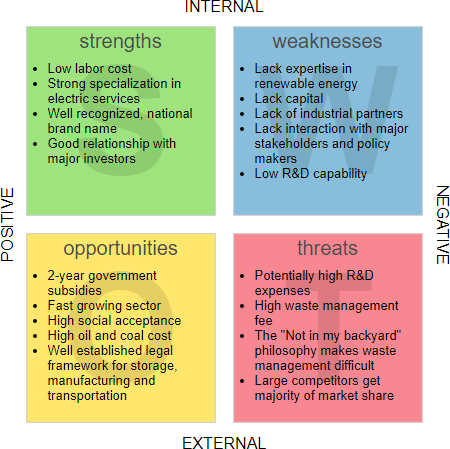
Contoh Analisis SWOT 2 – Starbucks*
- Kekuatan – Grup Starbucks memiliki profitabilitas yang kuat, dengan pendapatan 2004 melebihi $600 juta.
- Kelemahan – Starbucks dikenal karena perbaikan dan inovasinya yang berkelanjutan. (Catatan Penerjemah: Ini dapat dipahami sebagai ketidakstabilan lini produk)
- Peluang – Peluncuran produk dan layanan baru, seperti penjualan kopi di acara tersebut.
- Ancaman – meningkatnya biaya kopi dan produk susu.
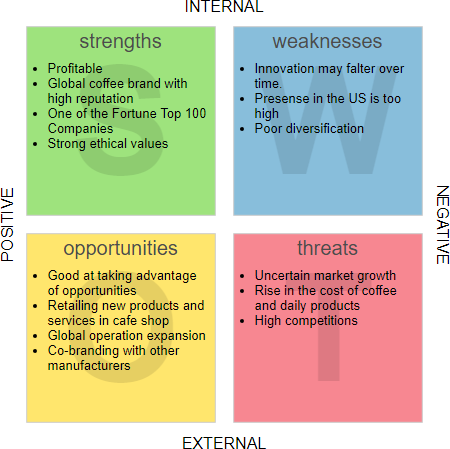
Contoh Analisis SWOT 3 – Nike
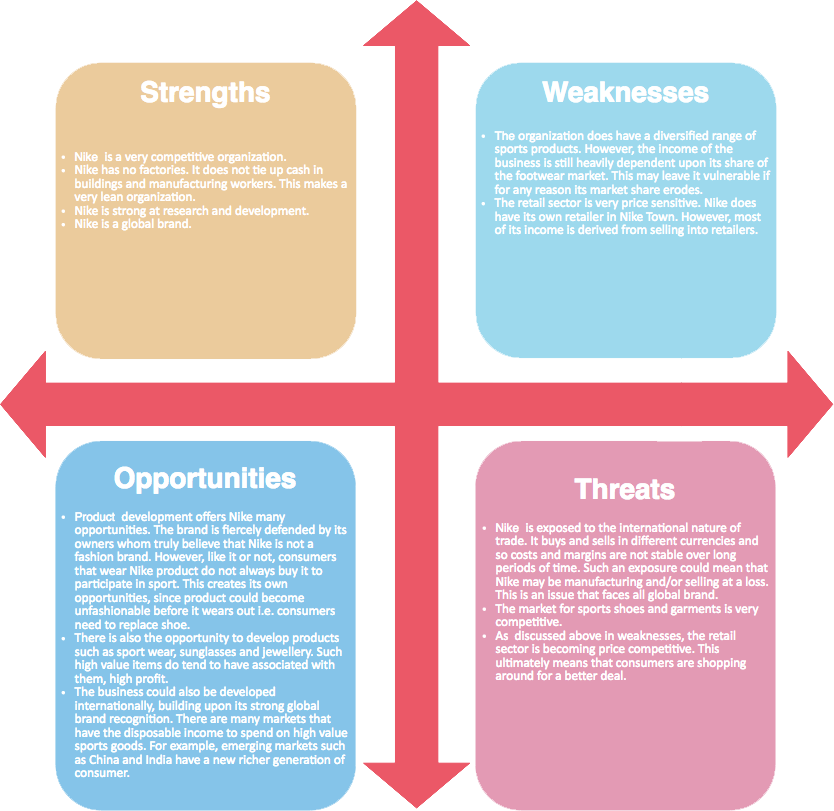
Mencari alat Analisis SWOT berbasis web gratis?
Visual Paradigm Online Edisi Gratis dapat digunakan untuk membuat SWOT dengan cepat dan mudah. Sebagai alat analisis SWOT berbasis web, ini mendukung Windows, Mac OS, dan Linux. Perangkat lunak analisis SWOT ini memiliki editor SWOT intuitif yang mendukung pembuatan bentuk cepat dengan bentuk editor berbasis daftar. Meskipun gratis, Anda dapat membuat grafik tanpa batas dan mengekspor grafik ke berbagai format dokumen dan gambar seperti PDF, PNG, GIF, SVG, dan JPG. Coba sekarang! Tidak perlu registrasi.
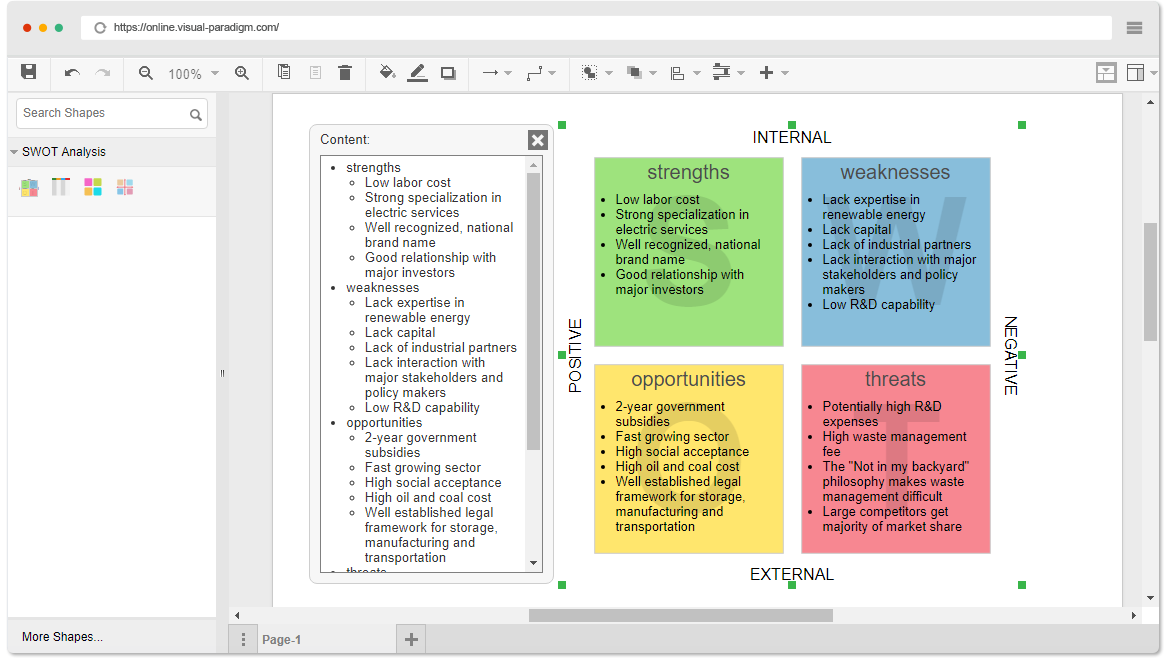
Contoh dan Template SWOT
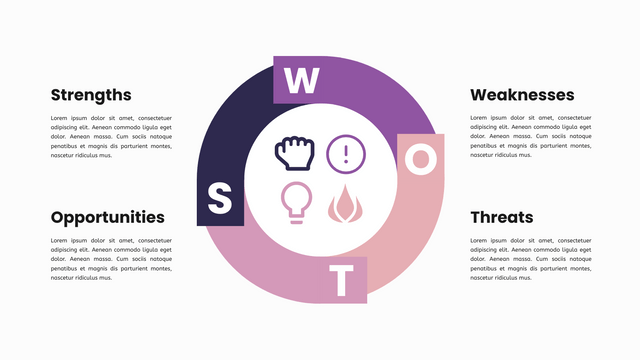
Template Grafik SWOT Berbasis Cincin
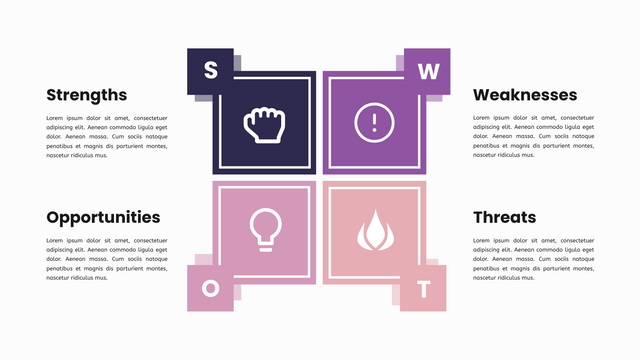
Template Analisis SWOT Gaya Batu Bata
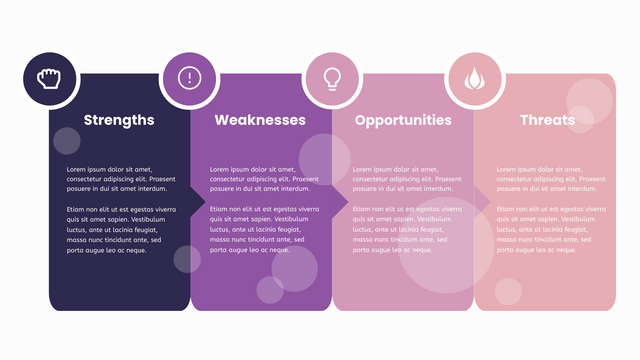
Template Analisis SWOT 4-Kolom
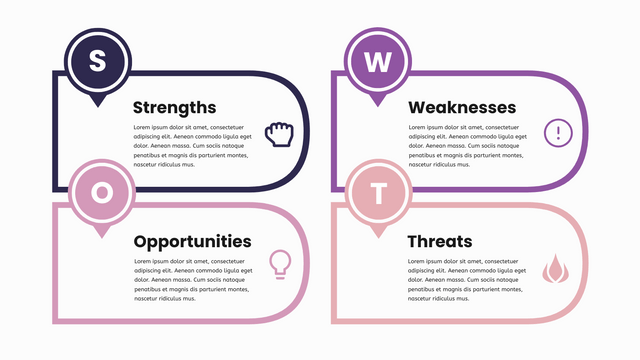
Template Matriks Analisis SWOT
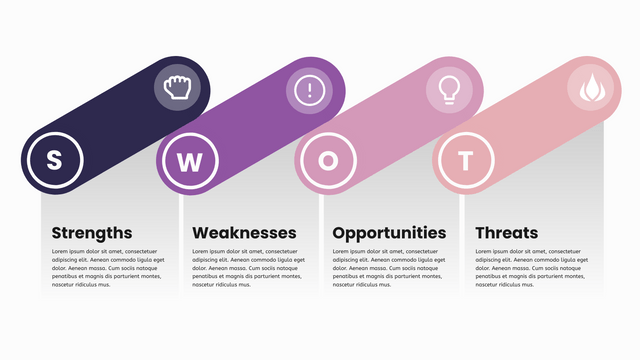
Template Kerangka Analisis SWOT Bergaya
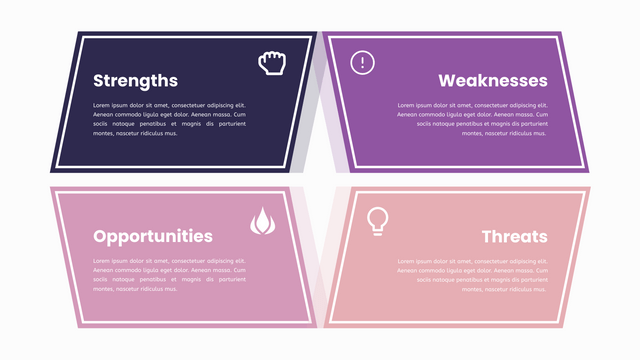
Gaya Jajar Genjang – Model Analisis SWOT
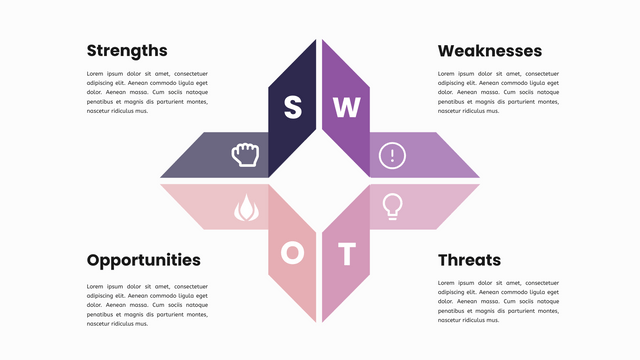
Template Analisis SWOT Gabungan
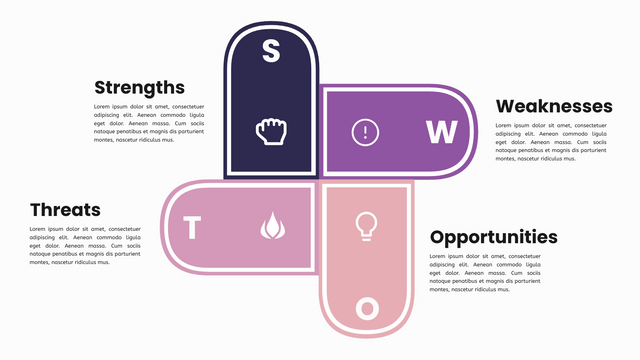
Template Analisis SWOT Bentuk U
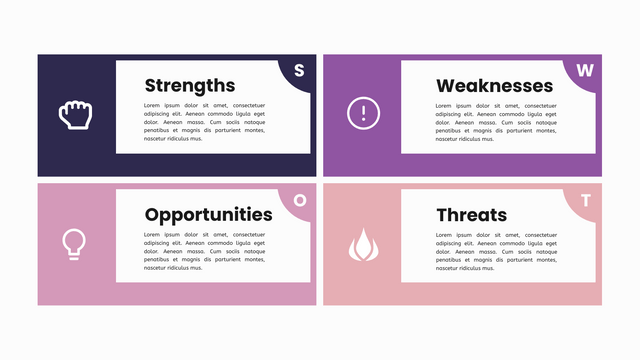
Model Analisis SWOT – Gaya Kotak
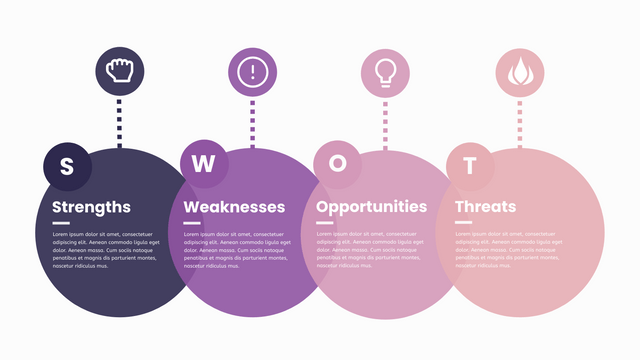
Template SWOT Gaya Lonceng – Oleh Pembuat SWOT
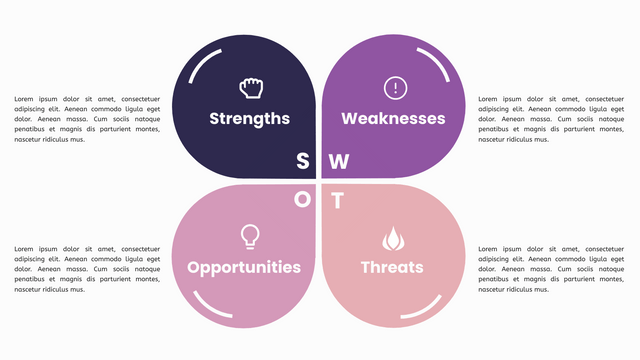
PREMIUM
Kerangka Analisis SWOT – Gaya Kelopak
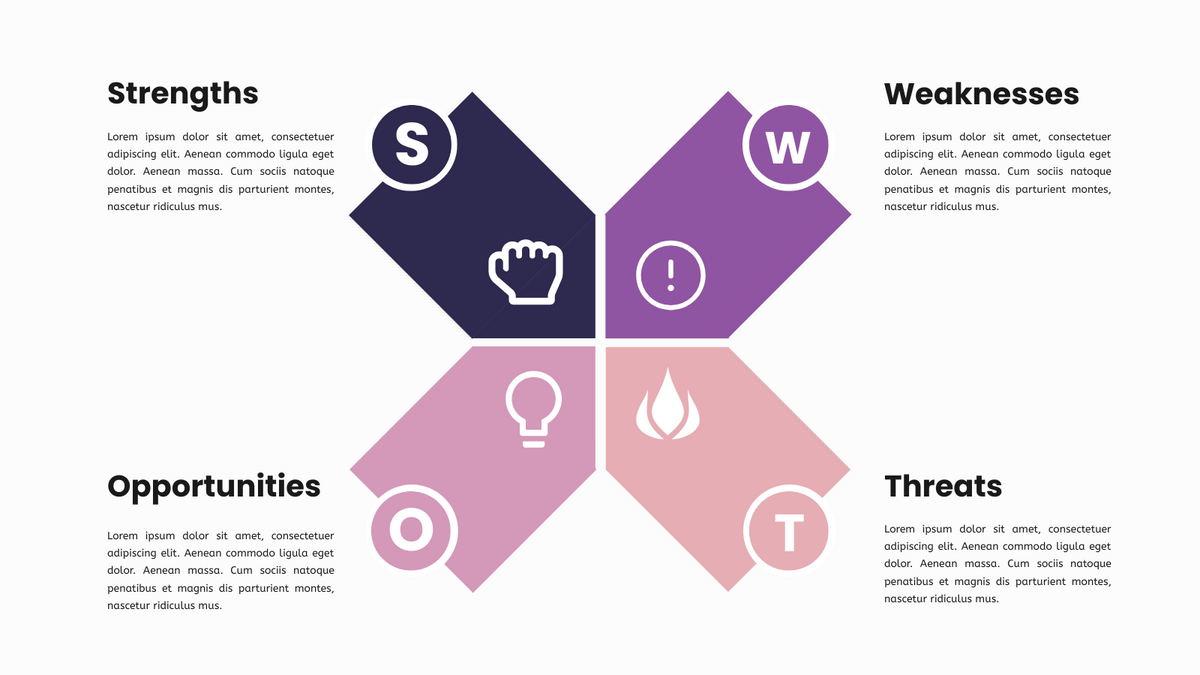
Analisis SWOT untuk Infografis
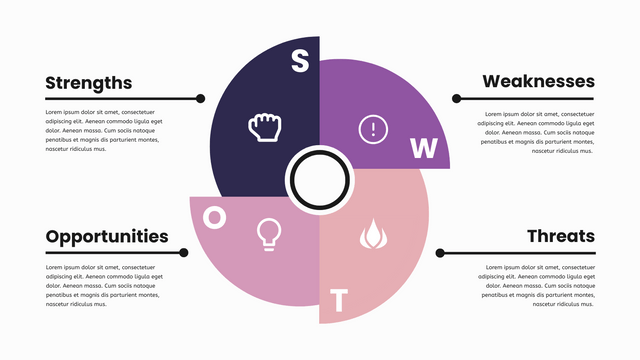
Analisis SWOT – Gaya Kincir Angin
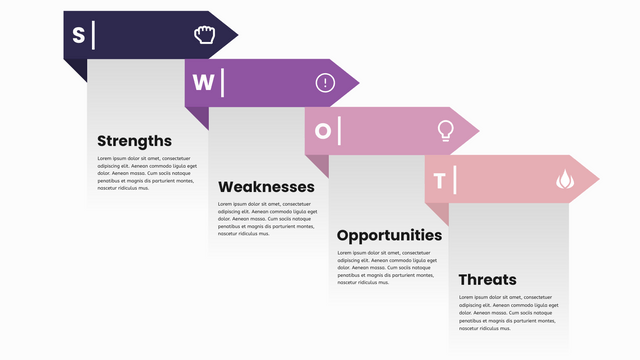
Diagram Analisis SWOT Inkremental
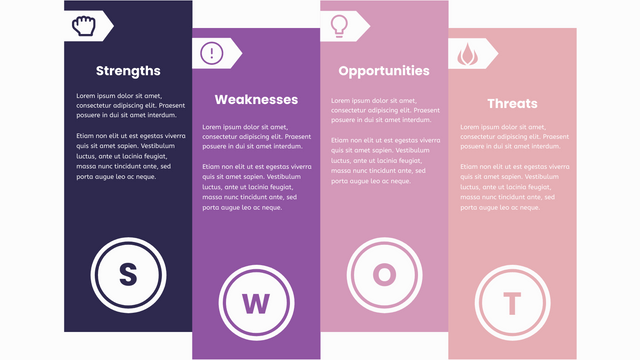
Template Analisis SWOT Standar
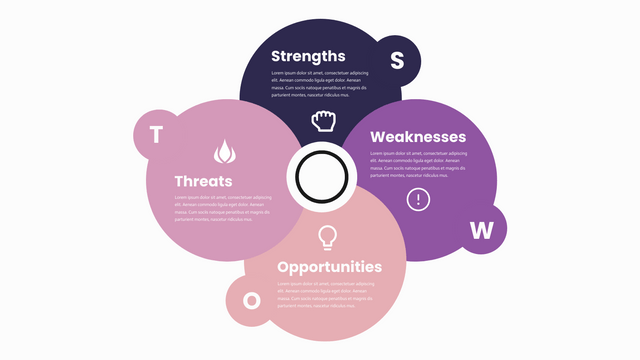
Template Analisis SWOT – Gaya Bunga
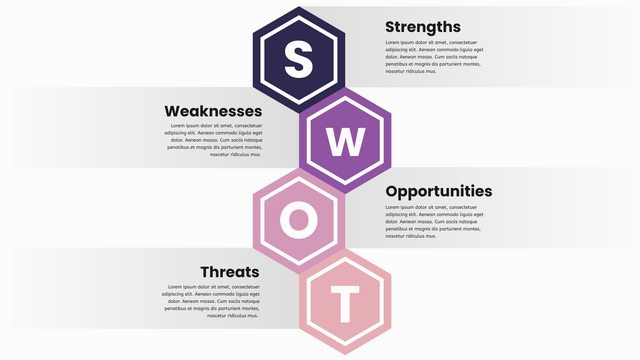
Diagram Analisis SWOT – Gaya Heksagonal
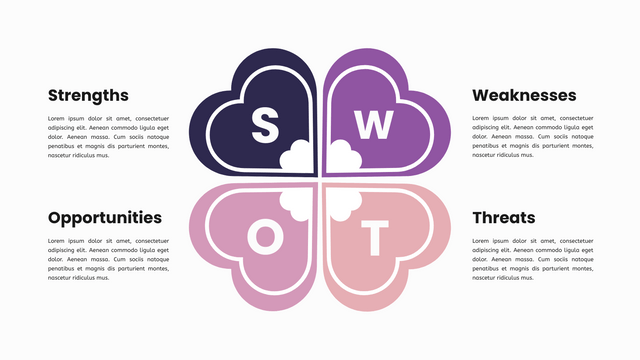
Template Kerangka Analisis SWOT Gaya Petal
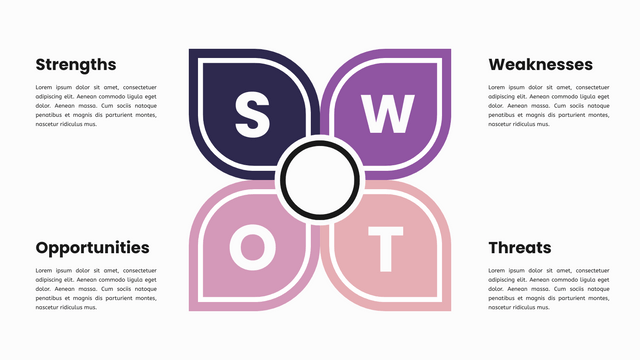
Model Analisis SWOT – Gaya Petal
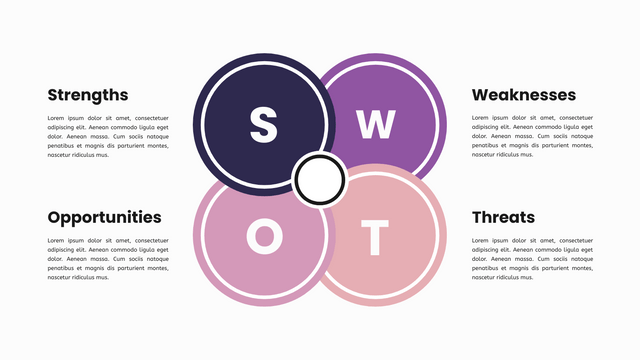
Template Analisis SWOT dengan Lingkaran

Template Analisis SWOT dalam Gaya Kotak
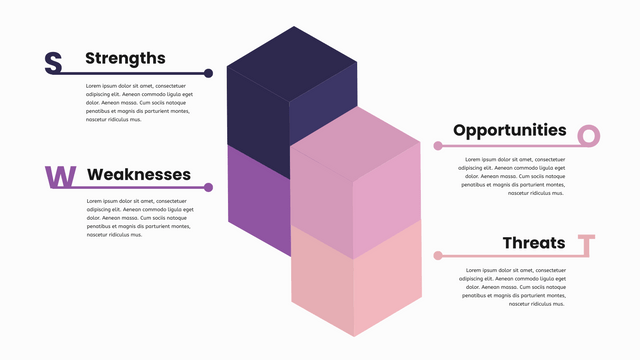
PREMIUM
Template Analisis SWOT 3D
This post is also available in Deutsch, English, Español, فارسی, Français, 日本語, Polski, Portuguese, Ру́сский, Việt Nam, 简体中文 and 繁體中文.















